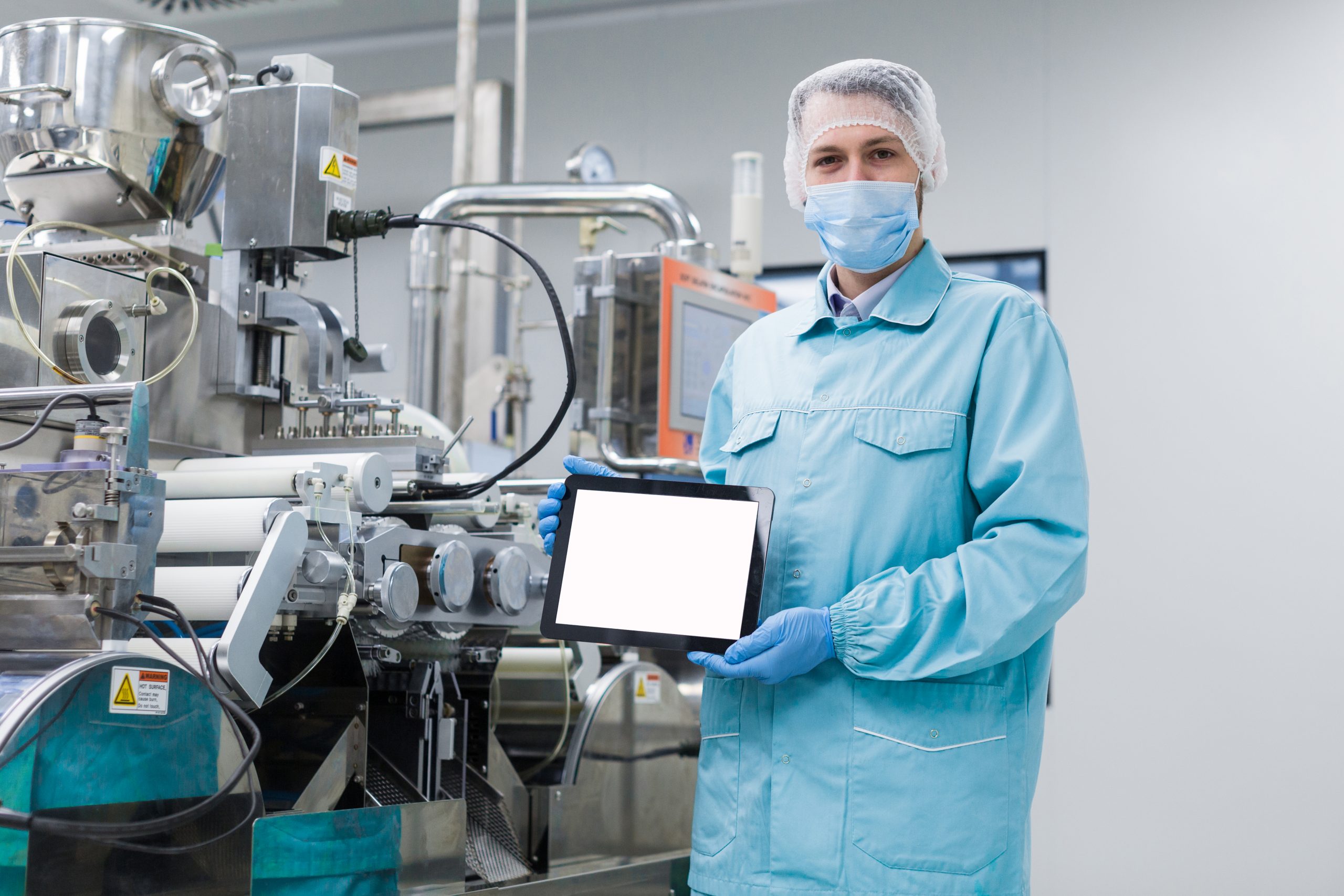The article provides an overview of the regulatory requirements related to recalls and withdrawals for general and in vitro diagnostic medical devices allowed to be marketed and used in Turkey.

Table of Contents
The Turkish regulatory agency in the sphere of healthcare products has published a guidance document dedicated to withdrawals and recalls. The document describes the approach to be applied in order to ensure continuous safety and proper performance of medical devices placed on the country’s market. It is also important to mention that the document is non-binding in its legal nature, nor is intended to introduce new rules or impose new obligations, but rather to provide additional clarifications and recommendations to be considered by medical device manufacturers and other parties involved in order to ensure compliance with the regulatory requirements set forth under the existing framework. The present document constitutes the initial version of the guidance.
Regulatory Background
The scope of the guidance covers any and all medical devices allowed for marketing and use in the countries including both general and in vitro diagnostic ones.
First of all, the document provides definitions of the most important terms and concepts used. This includes, inter alia, the following ones:
- Withdrawal from the market is defined as any measure aimed at preventing the product in the supply chain from being made available on the market. The respective activities should be undertaken in cooperation with all the parties involved in operations with medical devices while being properly documented.
- Device at risk stands for a product that has the potential to adversely affected the health and safety of patients or other persons when used for its intended purpose. This applies in situations when the risk associated with a medical device exceeds the acceptable level.
Responsibilities
In order to assist the parties involved in operations with medical devices in complying with the respective regulatory requirements, the authority outlines their responsibilities in the context of recalls and withdrawals.
For instance, the duties and responsibilities of healthcare institutions include:
- Conducting a continuous risk assessment in order to ensure the risks associated with the medical devices used are within the acceptable level;
- Ensuring that the necessary measures are duly taken when conducting a withdrawal or recall of devices at risk;
- Notifying other parties involved on the issues identified, as well as on the actions taken;
- Monitoring the actual effectiveness and proper execution of withdrawals and recalls initiated with respect to medical devices used, requesting the necessary documents, documenting the procedures, keeping records, and making them available upon request of the authority;
- Announcing the actions taken in the course of withdrawals and recalls in a proper way including, but not limited to, making publications on the website;
- Notifying the regulating authority and other parties involved, including certifying agencies, on decisions related to withdrawals in case there is a medical device carrying a serious risk.
According to the guidance, duties, and responsibilities of economic operators and other parties involved in operations with medical devices include:
- Fulfilling their obligations in the sphere of post-market surveillance, including the development, implementation, and execution of the appropriate procedures;
- Conducting voluntary withdrawals when they are reasonably necessary to ensure the public health protection and safety of patients;
- In case of a withdrawal initiated by the authority, developing and executing a withdrawal plan, as well as notifying the authority accordingly;
- Ensuring the effectiveness of the withdrawal process;
- If the affected device is also placed on the EU market – notify the relevant authorities;
- Notifying the agency responsible for certification of the affected medical device about the risks associated thereto;
- Providing all information and documents the authority may request with respect to the affected device and actions taken in the course of a withdrawal conducted.
If an economic operator is involved in the storage, distribution, sale, and use of medical devices, in case of a withdrawal, commenced, it should:
- Stop the marketing, use, and putting into service of the devices withdrawn or recalled, and immediately initiate the necessary actions;
- Fill in the response form in line with the notification for withdrawal from the market or recall notification, and then forward it to the next supply chain to initiate the return process;
- Contact the places where the devices in question have been distributed;
- Cooperate with the party responsible for the affected medical device in the course of a withdrawal;
- Keep records related to the withdrawal and make them available to the authority upon request.

Classification of Nonconformity
The document also describes the approach to be applied when classifying nonconformities associated with medical devices. As explained by the authority, the factors to be taken into account when making such a determination should include the risk of causing harm to the health of the patient, user, or another person, or posing a serious public health threat, and also the nature of the violation of technical regulation.
As further explained by the authority, the existing classification of nonconformities includes the following classes:
- First class – noncompliance that poses a serious risk associated with the device in question that may result in a temporary or permanent serious deterioration in health status or a serious public health threat;
- Second class – device-related nonconformities that cause or may cause temporary and curable deterioration in the health of the patient, user, or another person;
- Third class – those that are contrary to the provisions of the technical regulation other than product safety.
The nonconformity class determination described herein above would impact the approach to be applied with respect to the withdrawal or recall. In particular, the authority states that:
- For first-class nonconformities, withdrawals and recalls apply;
- For second and third-class nonconformities, withdrawal from the market applies.
However, the authority may impose additional requirements on a case-by-case basis depending on the risks associated with the affected device, should it be reasonably necessary to ensure the public health protection and safety of patients.
In summary, the present guidance provides additional clarifications regarding the regulatory requirements in the sphere of withdrawals and recalls. The document highlights the key points to be considered by healthcare institutions, manufacturers, and other parties involved in operations with medical devices.
Sources:
How Can RegDesk Help?
RegDesk is an AI-powered Regulatory Information Management System (RIMS) designed to simplify global compliance for medical device companies. With regulatory intelligence covering 120+ markets, RegDesk helps you prepare and publish global submissions, manage standards, conduct impact assessments, and stay ahead of regulatory changes all from a single, centralized platform. Expanding into new markets has never been easier.

